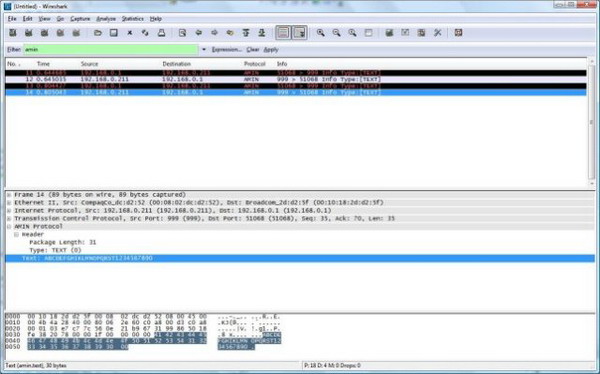Reliable Static Routing Backup Using Object Tracking (Cisco Systems)
The Reliable Static Routing Backup Using Object Tracking feature introduces the ability for the Cisco IOS software to use Internet Control Message Protocol (ICMP) pings to identify when a Point-to-Point over Ethernet (PPPoE) or IP Security Protocol (IPSec) Virtual Private Network (VPN) tunnel goes down, allowing the initiation of a backup connection from any alternative port. The Reliable Static Routing Backup Using Object Tracking feature is compatible with both preconfigured static routes and Dynamic Host Configuration Protocol (DHCP) configurations.
Reliable Static Routing Backup Using Object Tracking (pdf)
Configuring Reliable Static Routing Backup Using Object Tracking: Static Routing Examples The following example configures the Reliable Static Routing Backup Using Object Tracking feature using static routing for a point-to-point primary gateway. The primary interface is a PPPoE Fast Ethernet interface, and the backup interface is a dialer interface. This example applies to Cisco IOS Release 12.3(14)T and later releases.
interface FastEthernet 0/0
description primary-link
ip address 10.1.1.1 255.0.0.0
interface Dialer 0
description backup-link
ip address 10.2.2.2 255.0.0.0
ip sla monitor 1
type echo protocol ipIcmpEcho 172.16.23.7
timeout 1000
frequency 3
threshold 2
ip sla monitor schedule 1 life forever start-time now
track 123 rtr 1 reachability
access list 101 permit icmp any host 172.16.23.7 echo
route map MY-LOCAL-POLICY permit 10
match ip address 101
set interface dialer 0 null 0
!
ip local policy route-map MY-LOCAL-POLICY
ip route 0.0.0.0 0.0.0.0 10.1.1.242 track 123
ip route 0.0.0.0 0.0.0.0 10.2.2.125 254
The following example configures the Reliable Static Routing Backup Using Object Tracking feature using static routing for a multipoint primary gateway. Both the primary interface and the backup interface are Ethernet interfaces. This example applies to Cisco IOS Release 12.3(14)T and later releases.
interface ethernet 0
description primary-link
ip address 10.1.1.1 255.0.0.0
interface ethernet 1
description backup-link
ip address 10.2.2.2 255.0.0.0
ip sla monitor 1
type echo protocol ipIcmpEcho 172.16.23.7
timeout 1000
frequency 3
threshold 2
ip sla monitor schedule 1 life forever start-time now
track 123 rtr 1 reachability
access list 101 permit icmp any host 172.16.23.7 echo
route map MY-LOCAL-POLICY permit 10
match ip address 101
set ip next-hop 10.1.1.242
set interface null 0
!
ip local policy route-map MY-LOCAL-POLICY
ip route 0.0.0.0 0.0.0.0 10.1.1.242 track 123
ip route 0.0.0.0 0.0.0.0 10.2.2.125 254
Verifying the State of the Tracked Object: Example The following example displays information about track objects in the IP route track table:
Router# show ip route track-table
ip route 0.0.0.0 0.0.0.0 10.1.1.242 track-object 123 state is [up]


